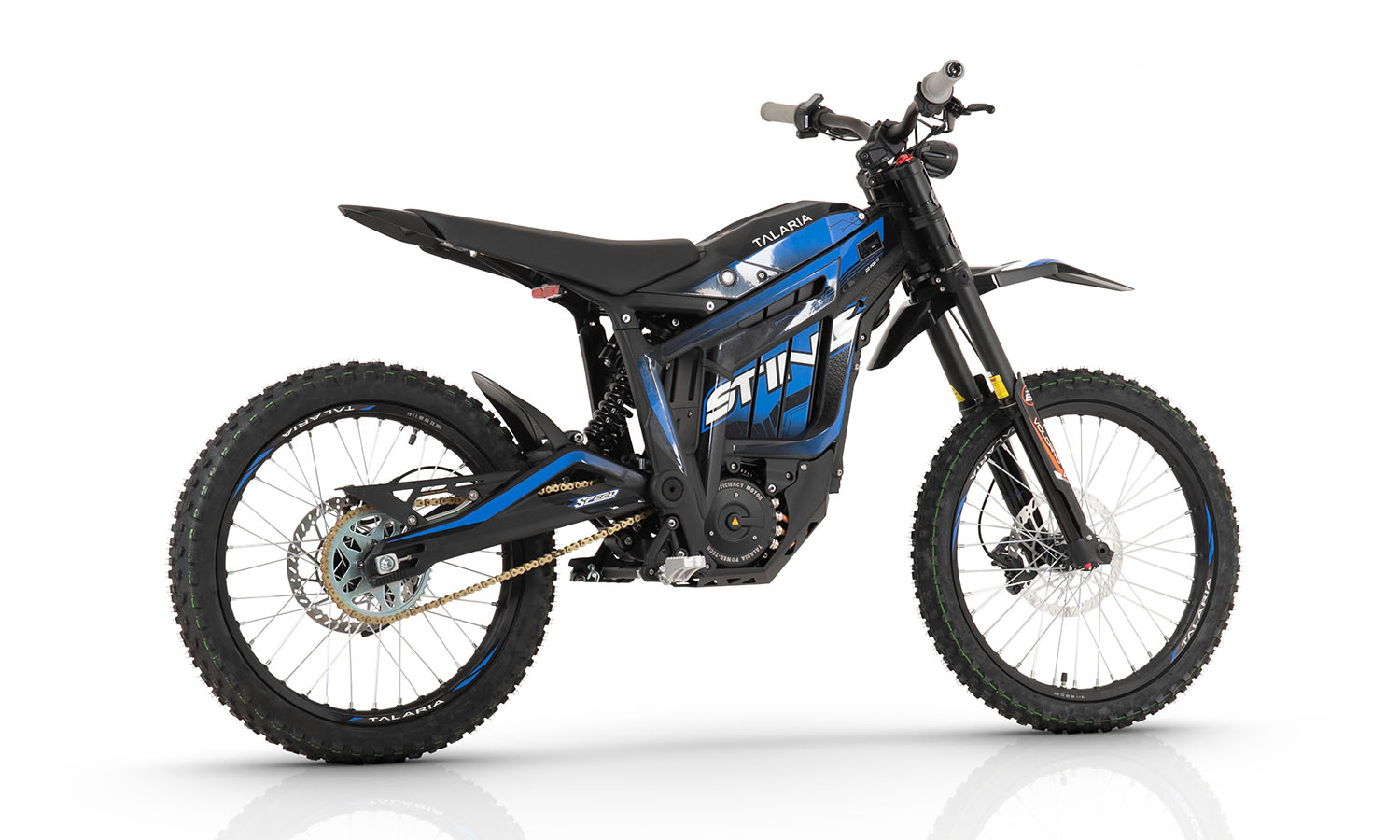Shopping for a new kitchen companion can be surprisingly overwhelming. Walk into any cookware store or browse online, and you’ll be greeted with dozens of models boasting various sizes, designs, and features. For many home cooks, a steel pressure cooker sits at the heart of everyday cooking—speeding up meals while retaining flavor and nutrients. Choosing the right one, however, requires understanding a few essentials so you get both quality and value. This guide walks you through everything you should look for before making your purchase, with a few insights into complementary cookware such as the kadai to help you build a versatile kitchen setup.
Why a Steel Pressure Cooker Is Worth Considering
Pressure cookers come in several materials—aluminum, stainless steel, and even hard-anodized coatings. Among these, stainless steel (often simply called steel in product descriptions) stands out for its durability, corrosion resistance, and ability to maintain a polished finish over years of use. A steel pressure cooker is less reactive to acidic foods compared to aluminum, meaning your dals, curries, or tomato-based stews will retain their natural flavors without unwanted metallic tastes.
Another benefit is safety. High-quality stainless steel pressure cookers usually have better locking mechanisms and thicker bases that handle high heat without warping. This combination of safety, taste, and longevity makes them a solid investment for any household.
Size and Capacity: The First Decision
Your family size and cooking habits should guide your choice of capacity. Steel pressure cookers typically come in sizes ranging from 2 liters to more than 10 liters.
- Small Families or Singles (2–3 liters): Ideal for students, couples, or small households who cook smaller portions.
- Medium Families (4–6 liters): Works well for everyday meals, biryanis, or soups.
- Large Families or Bulk Cooking (7 liters and above): Perfect for joint families, batch cooking, or entertaining guests.
Remember, it’s better to go slightly bigger than you think you need; a cooker filled beyond two-thirds capacity won’t cook efficiently or safely.
Build Quality and Thickness
Not all steel pressure cookers are made the same. Look for models with thicker bases, which distribute heat evenly and prevent food from sticking or burning at the bottom. A multi-layer (also known as “sandwich base”) with an aluminum or copper core between stainless steel layers provides faster heating and energy efficiency while maintaining the strength of steel.
Inspect the handle quality as well. Heat-resistant, ergonomic handles offer better grip and safer handling—especially when lifting a hot cooker from the stove.
Safety Features You Shouldn’t Ignore
Pressure cookers work under high pressure, so safety is non-negotiable. When comparing brands, look for these built-in safeguards:
- Reliable Pressure Release Valve: Ensures excess steam escapes safely.
- Gasket Release System: Acts as a secondary safety mechanism if the valve clogs.
- Locking Lid Indicator: Shows when it’s safe to open the cooker.
- Durable Rubber Gasket: Should form a tight seal but also be easy to replace when worn out.
Top-tier manufacturers clearly list these features, making it easier to compare models.
Compatibility with Your Stove Type
Modern households may use gas burners, induction cooktops, or even ceramic hobs. A high-quality steel pressure cooker should work seamlessly across these. Many models now advertise “induction-friendly bases,” but double-check the label to ensure compatibility with your kitchen setup.
Ease of Cleaning and Maintenance
One of the joys of stainless steel is how easy it is to clean compared to aluminum or nonstick coatings. Look for cookers with a smooth interior surface to prevent food residue buildup. Dishwasher-safe options can save time, though hand-washing may still extend the life of the gasket and valves. Regularly check the pressure valve and gasket to ensure they’re free of blockages for continued safety.
Brand Reputation and Warranty
Pressure cookers are long-term investments. Opting for a reputable brand may cost a little more initially, but it often brings better after-sales service and warranty coverage. A good warranty (often 5 years or more on the main body) gives you peace of mind and reflects the manufacturer’s confidence in their product.
Don’t Forget the Kadai: The Perfect Partner
While you’re upgrading your cookware, consider adding a kadai—a deep, rounded cooking vessel similar to a wok but optimized for Indian and South Asian styles of cooking. A good steel or cast-iron kadai can handle deep-frying, slow-cooked curries, and stir-frying vegetables. When paired with a steel pressure cooker, you’ll have a powerhouse duo: the cooker for quick lentils, rice, and stews, and the kadai for sautéing, frying, or simmering thick gravies. Together, they can transform your cooking routine, saving time and elevating your meals.
Price vs. Value
Price shouldn’t be the only deciding factor. While budget-friendly cookers may seem attractive, cutting costs often means compromising on build quality or safety features. Think of a steel pressure cooker as a long-term partner in your kitchen. Spending slightly more for a well-built model can save you from frequent replacements or safety concerns down the line.
Tips for First-Time Buyers
- Check the Weight: Heavier usually means better build quality, though it should still be manageable for you to lift comfortably.
- Read Reviews: Customer feedback reveals real-world pros and cons.
- Inspect the Gasket and Valve Before First Use: Make sure everything is seated properly.
- Buy the Right Accessories: Extra gaskets or a steamer insert can expand your cooker’s versatility.
Final Thoughts
Choosing the right steel pressure cooker doesn’t have to be confusing. By focusing on size, build quality, safety features, and compatibility with your stove type, you can narrow down your options to a handful of reliable models. Pairing it with versatile cookware like a sturdy kadai can further elevate your kitchen game, making meal preparation faster and more enjoyable. With a little research and attention to detail, your new cooker will become one of the most valuable tools in your kitchen—helping you create wholesome, flavorful meals for years to come.




